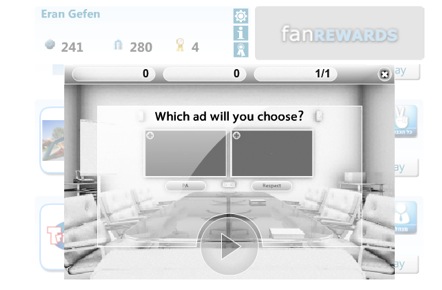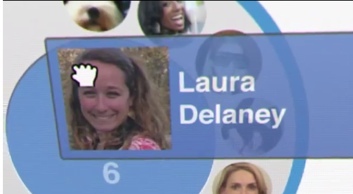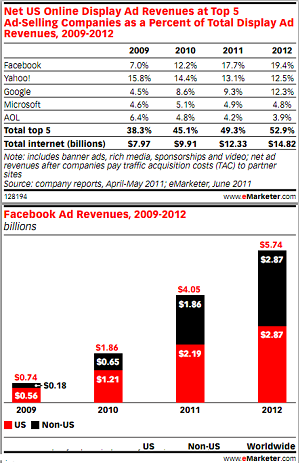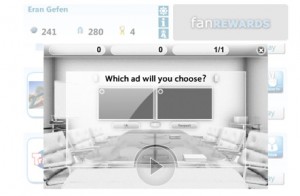Why do the majority of brand managers continue to rely on outdated focus groups to gain customer insight when the largest source of customer intelligence is right under their noses?
It’s your brand’s own Facebook page.
No one knows your brand better than the thousands, or perhaps millions, of surfers who opened a door and indicated they like your page.
By a simple click, they have already proven they are here because they care. If you only allow them, if you only ask them, there’s no doubt they will be thrilled to take part in helping you shape your brand.

They will also appreciate that you are listening to them and offering them the chance to be more involved in the brand.
Your Facebook page can be much more than a status platform. The wisdom of the masses might direct you to the right path, where you can offer fans the chance to get involved in a familiar environment within your Facebook page, without having to leave it.
Here are five ways to create a deep engagement and dialogue with fans that will yield tangible brand insight.
Focus Groups
Your Facebook fan base is the biggest and best focus group you could ask for. It offers the ability to give for fans to directly interact with the company. For example, a division of American Express chose to offer fans the chance to be the company’s chief executive officer.
Amex invited the winning fans into a 3D boardroom where unresolved matters were presented on plasma screens, asking them to make corporate decision — including which commercial to broadcast, which newspaper ad is better and what new service to launch.
The fans provided valuable insight into what Amex customers were looking for. Using a social graph, Amex analyzed the results backstage, based on social-demographic characteristics, and was able to craft a much more effective message for customers.
Create The Commercial
If choosing a particular advertisement isn’t enough, you can actually get your fans to create and design ads for you — either through a contest or a free interactive application on your Facebook page.
If you go the latter route, use a simple Photoshop interface and a gallery of ready-for-use materials, so fans can test their inner advertising chops by designing and improving commercials. They can share their creations with friends on Facebook and you can create a voting mechanism to find the best ideas. There is no greater reward for someone who created something than seeing his or her creation become a reality.
Design The Product
It’s not just ads; fans will actually help you design your next product. Using Flash and 3D technology, you can allow your fans to invent and design your future products. For example, Nokia can offer its fans a chance to design the future iPhone Killer or Adidas can let them design their next shoe. You can even turn this into a contest, offering a prize for the best suggestion.
Perception Survey
Each planning department in an advertisement firm and every marketing manager occasionally conduct omnibus surveys to try and understand the public’s state of mind about a certain issue. Instead of expensive surveys, you can offer your fans the ability to vote on statements in the exact format typically used by strategy departments in advertising firms.
Fans can rank their degree of agreement and disagreement with a certain statement on a scale of one to five. For example: I think the brand’s service is excellent, agree/disagree; I think that the term “giving” is appropriate for describing this brand, agree/disagree.
This kind of perception survey can be launched on your Facebook page within minutes, real time, and for various issues, allowing you to quickly receive credible and valuable feedback.
Support Other Surfers
You can’t speak on behalf of all your customers, but your loyal fans can offer immediate assistance for most questions raised by new customers.
For example, if you’re managing a computer brand, technical questions on installation and use problems can often be answered by other surfers. You can empower your super-fans and give them the status of expert fans, thereby encouraging them to support and assist other customers.
Beyond the fact that this will decrease the pressure on the company itself, this sort of support will help connect people around your brand in hopes of creating a genuine community.

 Follow
Follow











